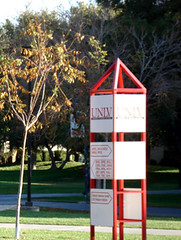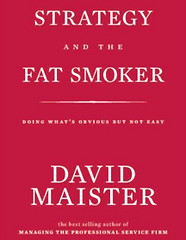
Verna Corbett and her husband Blair know something about children. All together, they are raising 10 children, five of which were adopted from the foster care system. But even more amazing, their hearts remain bigger than this family of 12.
Every day, the Corbetts do their best to heal the pain endured by their five adopted children. Most of them have suffered through extreme neglect as well as severe physical and sexual abuse at the hands of their birth parents.
Even though they have been valuable members of our family for over five years now we still see weekly, sometimes daily, effects of the abuse they suffered through,” says Corbett. “Some people call me an angel or think I’m just so wonderful, which is just not the case. I am a normal woman who gets frustrated like everyone else that has a heavy heart when it comes to hurting children.”
For Corbett, joining one of 10,000 bloggers who participated in Bloggers Unite, the fourth social awareness campaign organized by BlogCatalog, was natural. So natural, unlike most bloggers who were already BlogCatalog members, she submitted all of her blogs the day before the event — just to participate in the campaign.
While all of the posts are touching testaments to her family’s efforts, one penned by Corbett, Innocence Gone, provided a stirring glimpse into Ark Of Hope for Children, an inspiration that has become a lifelong labor of love and commitment to help heal the hearts of children who have been abused.
The Ark Of Hope for Children is a non-profit organization that will build a Christian-based community of homes to provide stable, loving care for previously abused and neglected children, who are currently among the 32,000 children sheltered by the Florida foster care system (there are more than 512,000 children in the foster care system nationwide).
“We’ve purchased 80 acres to build 3-6 single family homes to act as foster homes, which is fully owned by our 501c3 non-profit organization,” said Corbett. “Each home will house six children plus a pair of on-staff foster parents. Brothers and sisters will then be able to remain together because of the increased bed space.”
Currently, the family is raising funds to pay down the $130,000 balance on the 80-acre property before beginning to raise money to build the homes, but they have other needs as well. To help raise additional funding, slated for the first home, the family has also joined Change.org. Change.org allows people to donate to specific needs to the organization.
Keep in mind that the Corbetts are doing all of this while raising and caring for their own family, which already includes five children saved. Corbett says it can be challenging, especially since the non-profit is separate from their family, but they have faith.
“After we had adopted our children, we would get calls from the school our children went to and the Gainesville (Florida) Shands Hospital informing us of other children who needed good homes,” Corbett said. “This led to a vision that is much bigger than what my family can do. We don’t have many material things that a lot of American families have, but we have God, faith, and love that people can see.”
According to Corbett, more than 162 other BlogCatalog bloggers are now included among those who see their love, faith, and devotion to being part of the solution. She includes the entire BlogCatalog team, who she says were very helpful and gracious in approving all their blogs at the last minute, just for the opportunity to participate in the campaign and enter the Blog For Hope Contest sponsored by Copywrite, Ink. in cooperation with BlogCatalog.
“We want to encourage more people to partner with us and help children who have been through abuse find ways to move past the long-lasting emotional trauma,” explains Corbett. “Doing this effectively will enable them to break the chains of past abuse and move on to lives filled with faith, hope and love. Without this hope, they too often grow up to face homelessness, welfare, and imprisonment because they were never equipped with the knowledge of how not to become like their relatives that abused them.”
Among the prizes, Copywrite, Ink. will be donating any proceeds from “Shed No Tears” T-shirts, which Corbett’s post helped inspire. Knowing that T-shirts tend to help raise awareness more than any tangible funds, I can assure you that this pledge is simply not enough.
The Ark Of Hope needs your support as the Corbetts are doing more than their part; several contractors have offered to provide their services at cost. If you cannot donate for any reason, consider sharing their story with others. If you cannot share their story, save a prayer for them and the lives of 32 more children that hang in the balance. Prayers, at least, are free.
You can start by simply reading Verna Corbett’s winning post. Congratulations again, Verna. And on behalf of the judges, thank you for touching our lives and allowing us to help tell your amazing story.






















